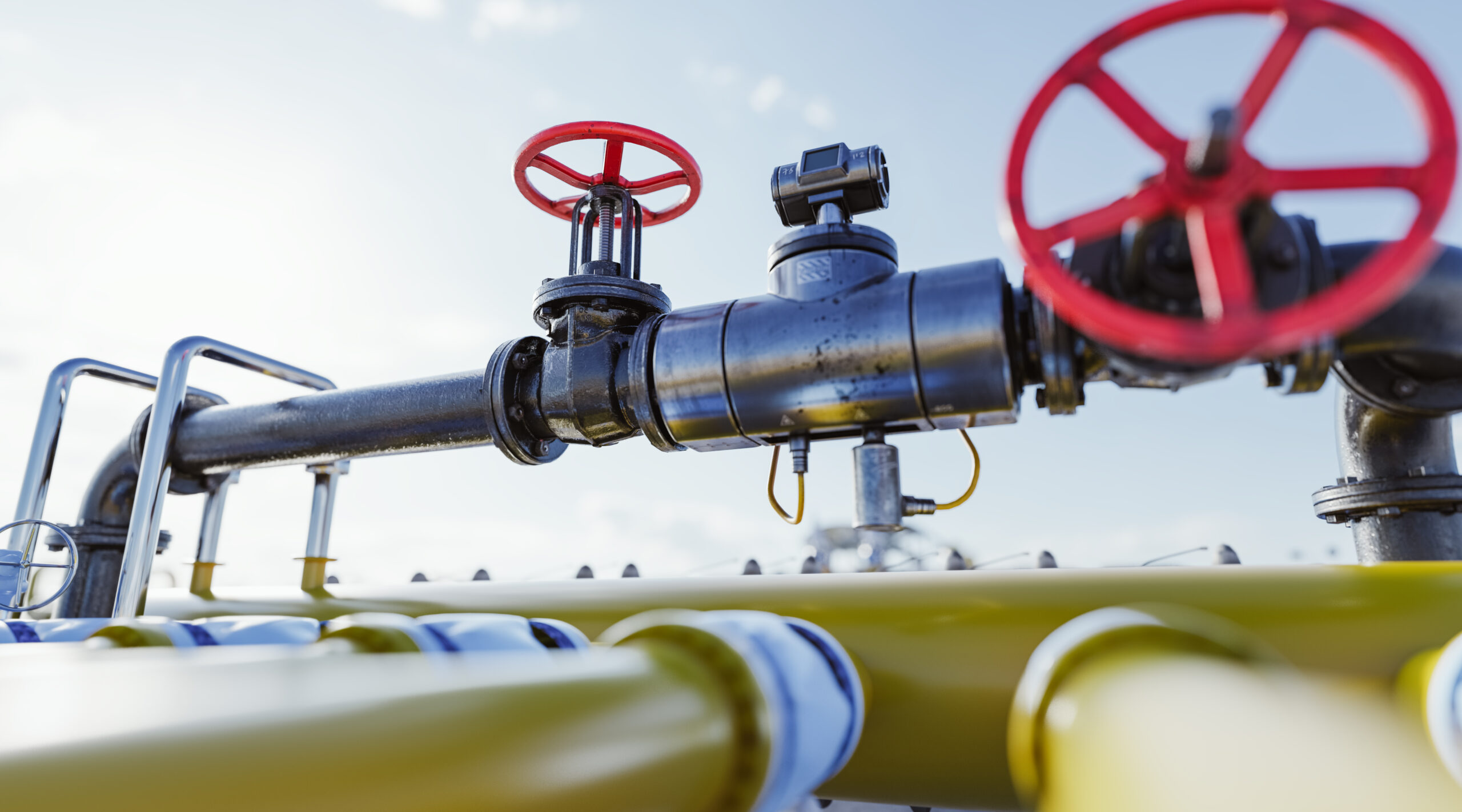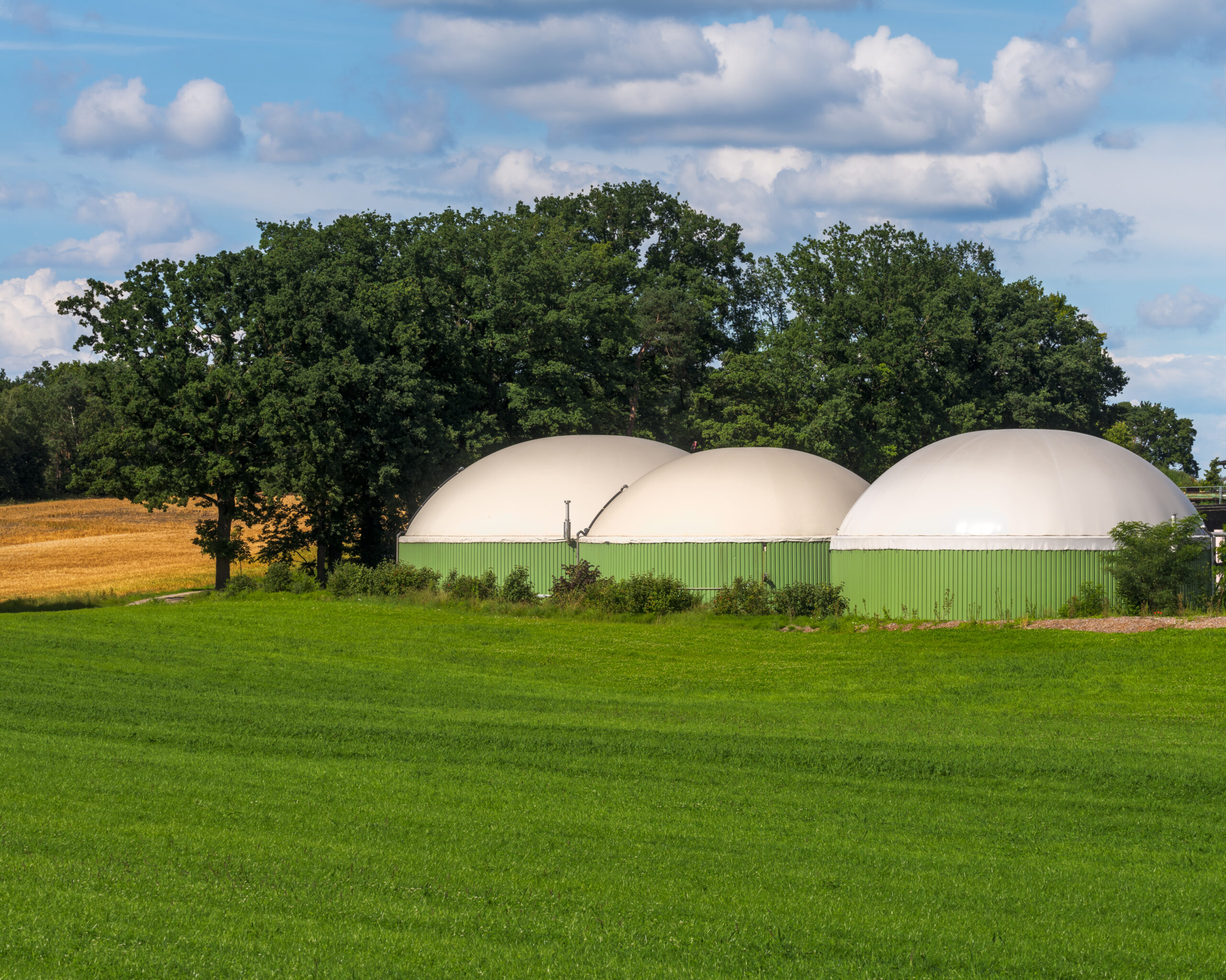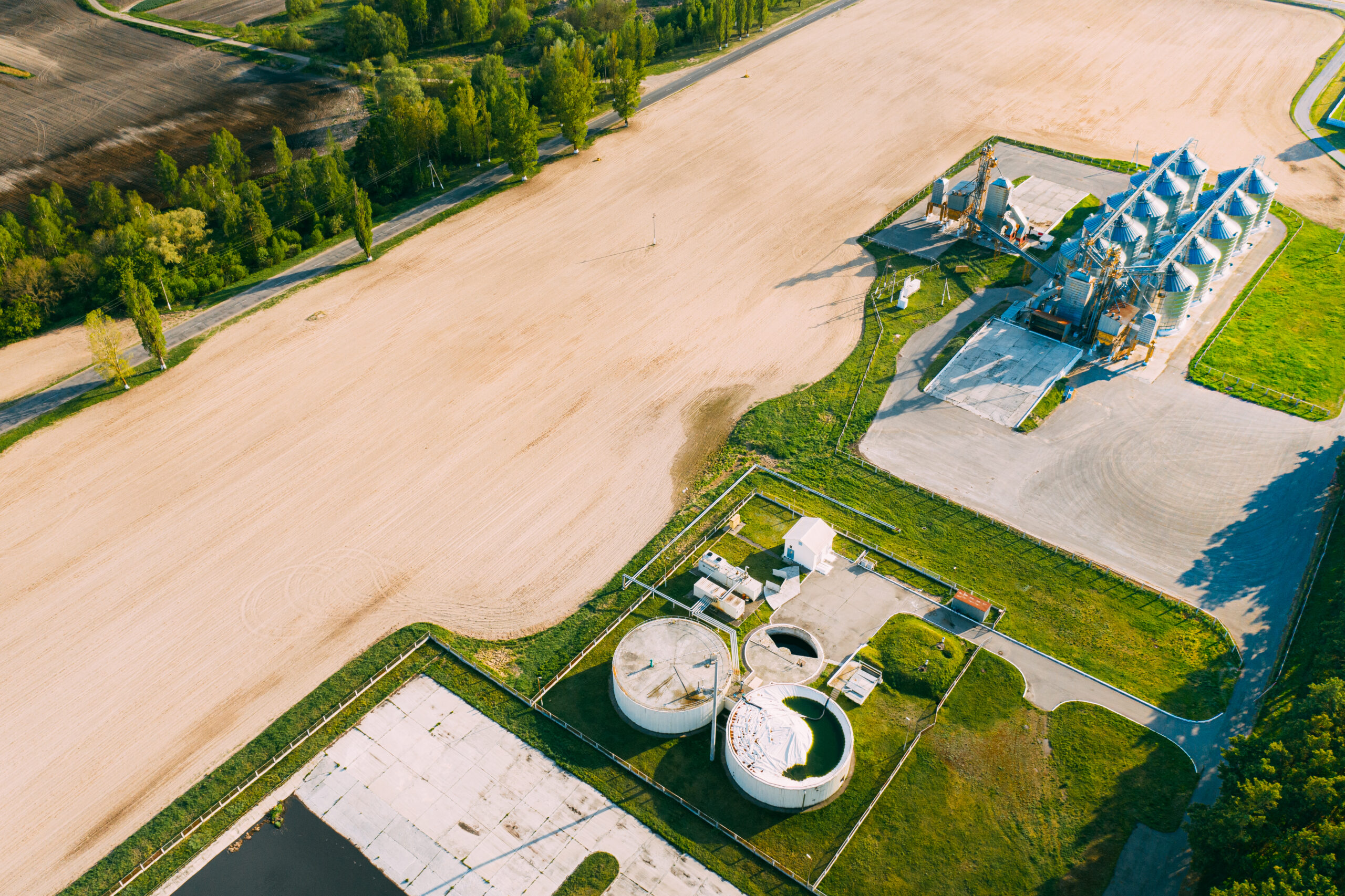Ukraine’s Biomethane Potential
In 2020, the Bioenergy Association estimated the actual biogas production in Ukraine to be 1.6 billion m3/year in 2030 and 4.5 billion m3/year in 2050. The expected factual volumes of biomethane production around the same period could reach 1.0 billion m3/year in 2030, 1.7 billion m/year in 2035, and 3 billion m3/year in 2050, with 9.7 billion m3/year of the total potential for biomethane production in Ukraine. Besides, it is forecasted that by 2030, Ukraine would already be able to export 0.2 billion m3/year of biomethane to the EU.
As a country with the largest area of agricultural land in Europe, Ukraine has great potential to derive the cheapest raw materials for biomethane production. Half of this potential is related to crop residues and one-third to maize silage production. Other sources of biomethane are animal husbandry wastes (9.2%), the food & beverage industry (particularly sunflower oil and sugar production) (6.7%), organic fraction of MSW and wastewater sludge (6.1%).
The overall potential related to temporarily occupied territories of Ukraine amounts to 467 million m3 CH4 per year or 4.8%. With all the possible improvements in industrial production, expansion of the raw material base, and the transition from solid waste disposal to the use of mechanical and biological treatment technology, in 2050, the total production potential of biogas/biomethane may increase to 17 billion m3/year.
In 2022, the EU adopted an ambitious plan for the production of biomethane. REPowerEU suggests growing total biomethane capacity to 35 billion m3/year by 2030. Ukraine can potentially provide up to 20% of this need.
Transportation and Storage
Thanks to the well-developed GTS and GDS, no additional investment is required to inject biomethane into the gas system of Ukraine. All the existing storage and transmission facilities can be used for the supply of biomethane like that of natural gas. To deliver 1 billion m3 of biomethane into the natural gas network, Ukraine needs 100 biomethane plants with a capacity of 10 m3/year, which will cost approximately 1 billion euros in total.
Almost half of Ukraine’s biomethane potential is concentrated in Vinnytsia, Kyiv, Cherkasy, Poltava, Dnipropetrovsk, and Donetsk regions. The highest potential is estimated in the Vinnytsya region.


Industrial Growth
In 2019-2021, the biogas sector in Ukraine grew by approximately 77%, with the total installed capacity of biogas plants reaching 135 MWe in 2021. About 24% of electricity is produced from landfill gas (LFG) at municipal solid waste landfills and waste dumps. The rest is produced by agricultural biogas plants.
In 2019, Ukraine had at least 26 agricultural biogas plants, with individual projects ranging from 125 kWe to 12 MWe installed capacity.
Biogas production in Ukraine is stimulated by green tariffs, and in 2021, the Law of Ukraine was amended to establish the biomethane register and Develop an issuance system for guarantees of biomethane origin.
Electricity Production
There are currently 77 plants with a capacity of 135 MWe that produce biogas in Ukraine, according to the Bioenergy Association. Such stations release energy at a green tariff (about 12.4 euro cents per kWh).
In April 2023, the first biomethane module was completed by Gals Agro company in Chernihiv region. The plant is set to produce biomethane from biogas (up to 3 million m3 per year). Several plants are being built in other regions.


Public Transport
The use of biomethane for public transportation can significantly improve quality of air in large cities. Biomethane should be used not only by road transport, but also by water and rail carriers in both compressed (CBG) and liquefied (LBG) form.
Another advantage of biomethane production in Ukraine is the generation of fertilizers as a byproduct, which could benefit the country’s agriculture and export.
Replacement of Natural Gas
By utilizing organic sources, biomethane provides a renewable fuel that can substitute for natural gas. Biomethane production can be decentralized, allowing for smaller-scale production facilities to be established across Ukraine, reducing reliance on centralized natural gas infrastructure and promoting local energy self-sufficiency.
For Ukraine, which has historically been dependent on natural gas imports, developing a robust biomethane sector can help diversify the energy mix and reduce reliance on imports, enhancing energy security and promoting independence.


Export of BioLNG
The produced biomethane can be refined and upgraded to meet the specifications required for liquefaction into bioLNG. The production of bioLNG from biomethane would allow Ukraine to diversify its energy export portfolio, as well as reduce greenhouse gas emissions and mitigate climate change impacts.
BioLNG export can create economic opportunities for Ukraine by attracting investments, stimulating green jobs and generating revenue from the export of a valuable and in-demand renewable energy product.
